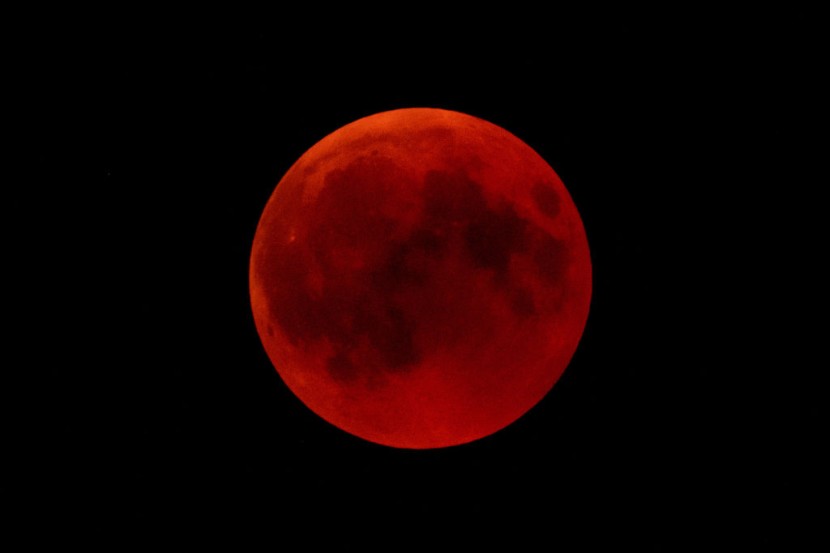
The Earth, moon, and sun will coincide together to create a total lunar eclipse in the early morning sky on Wednesday, making it one of the top astronomical events of 2021. The event will be the first such occurrence since January 20, 2019, when stargazers braved the icy wintry conditions to see the moon turn red over North America.
When to see the total lunar eclipse?
Since the early 2019 eclipse, there have been many lunar eclipses, including four penumbral lunar eclipses in 2020, but none have been as spectacular as the one scheduled for the last week of May. The moon moves across one of the penumbra, Earth's outer, lighter shadow, during a penumbral lunar eclipse. Also, with the help of a telescope, distinguishing between a penumbral eclipse and a regular full moon can be difficult, as per AccuWeather via Yahoo.
The complete lunar eclipse will be much more spectacular because the moon will travel through the umbra, Earth's inner, deeper shadow. The eclipse will be apparent in parts of the Americas, Asia, Australia, and New Zealand, but the complete phase will only be visible from a few places.
As the moon turns orange or red, the complete phase of the eclipse can only be seen from the western United States, Alaska, British Columbia, and western Mexico from North America. The rest of the continent can only see the first partial period of the eclipse before the moon sets in the west of the atmosphere, losing out on the most spectacular portion of the celestial show.
How to watch the total lunar eclipse on May 26
Any observer might need a louder alarm clock and a good cup of coffee, in addition to cloud-free weather, to see the eclipse, which will occur hours before daybreak over the continental United States. Since it begins late on Tuesday, May 25, and ends just over an hour after midnight local time, Hawaii residents may spend a good portion of the night awake.
The concept of a supermoon varies, but it's primarily determined by the moon's proximity to the Earth. According to KITV, the supermoon in May will also be the first complete lunar eclipse since January 2019. The moon will pass into the Earth's shadow in just over three hours, but the full lunar eclipse will last just 15 minutes.
According to NASA, the moon will have a reddish color during the eclipse due to sunlight passing through the Earth's atmosphere, meaning you can call this month's occurrence a "blood moon." You will be able to see a portion of the eclipse, depending on your location. The majority of North and South America will see it early in the morning, while eastern Asia and Australia will see it later in the evening.
The total eclipse will begin at 7:11 a.m. ET and finish at 7:26 a.m. ET in the US, although it will be partly apparent from 5:45 a.m. ET to 8:52 a.m. ET in the UK. Visit timeanddate.com to see if the eclipse will be visible where you live.
On May 26, most of the country can see a total lunar eclipse, but thanks to live streams, you can watch it from anywhere you are. Prepare for a once-in-a-lifetime cosmic event. The viewing guide on Timeanddate.com allows you to enter your location and see how much of the eclipse you'll be able to see, as per CNET via MSN. The total eclipse, for example, will be at its peak in New Mexico at 5:18 a.m. local time on Wednesday, May 26. To see the action, you don't have to be in a prime location. On May 26, the Virtual Telescope Project will broadcast a live stream beginning at 3 a.m. PT.








